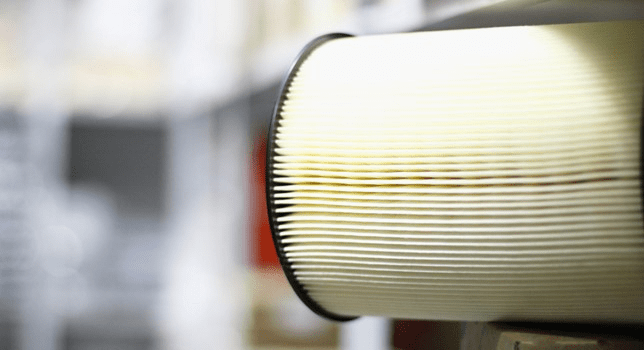Hundreds of nonwoven products are currently in use globally. They are produced by diverse technologies and address a variety of end uses, filtration being a key application that accounts for nearly 10% of all nonwovens sales.
Smithers has identified global consumption of nonwovens in 2019 to be 11.2 million tonnes or 307.0 billion square meters, valued at $46.8 billion. Growth rates for 2014–19 were 5.8% (tonnes), 7.0% (m2) and 5.9% ($). This reflects the current slowing in growth based primarily on global economic and political issues, rather than nonwoven-specific issues. Growth rates for 2019–24 are projected at 6.6% (tonnes), 7.4% (m2) and 6.7% ($), according to
The Future of Global Nonwovens to 2024, a market research report by Smithers.
Filtration is the second largest end-use market for durable nonwovens and the third largest market for nonwovens overall. In 2018, filtration accounted for 9.9% of all nonwovens sales.
In the Smithers market report,
High-Performance Filtration to 2023 – a State of the Art Report, a panel of filtration industry experts were polled to identify which high-performance filtration technologies were meaningful now and had the most potential for 2023. Across the board, composites proved to have the most current impact as well as the most potential for the future market. Of the 20 technologies polled, nonwoven membrane bioreactor was ranked last.
Every other technology in the top 20 either participates in a nonwoven composite used in high-performance filtration (nanofibers, charged fibers, ceramic fibers) or uses composites (smart filters, fuel cell filter media). It is difficult to find a high-performance filter that does not use composite filter media.
Population-related trends
The increased urbanization of global populations is a megatrend. These increased numbers of people and larger urban areas will require better wastewater treatment and management. The replacement of conventional settling separation technology for wastewater solves several needs: lower cost and space required, less energy to regenerate (backwash), better utilization of activated sludge and higher recovery of useful materials.
Nonwoven strengths and opportunities
Strengths for nonwovens producers include multiple markets for their products. Most have the ability to develop and produce custom products for filtration. They usually have relative flexibility in the production process. Meanwhile, weaknesses include limited product ability; usually the products have restricted raw material usage. Opportunities include the ability to substitute sustainable raw materials, and the ability to produce a variety of products. Lastly, threats include substitution by film membranes and replacement by other nonwovens.
For more information on these and other Smithers’ Nonwovens market reports, visit
Nonwovens Market Reports.
